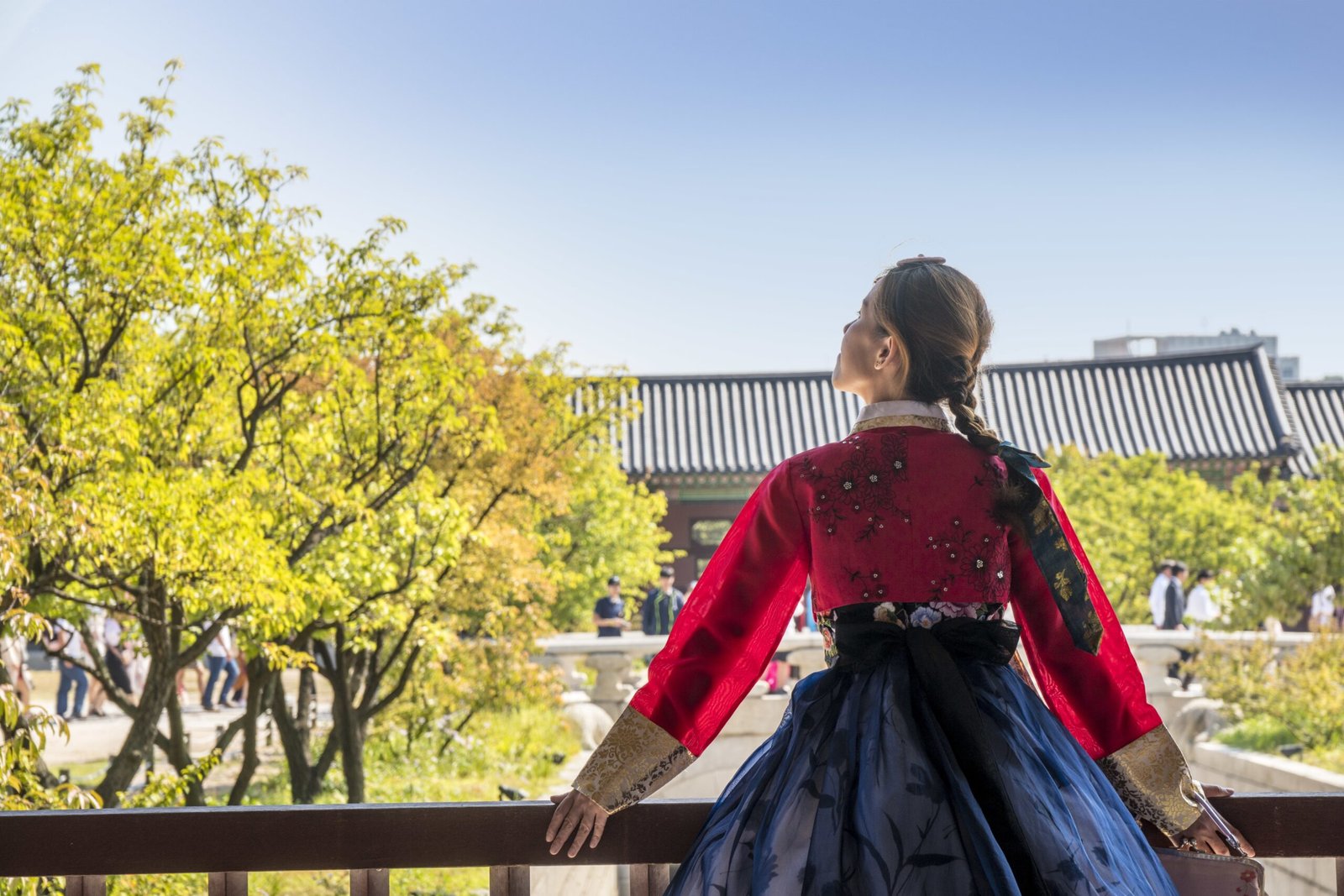Seoul, a city where ancient architecture stands alongside modern skyscrapers, is not only South Korea’s capital but also the heart of the nation’s rich and evolving art scene. The city’s artistry, particularly within the realm of painting, holds a mirror to the nation’s unique history and its rapid modernisation. In this exploration of Korean painters, we will delve into the layers of creativity that these artists imbue within every stroke, from traditional hanji and ink paintings to contemporary canvases resonating with a global audience.
Tracing the Origins
The history of Korean artistry is as colourful as the oeuvre of its artists. Traditional Korean painting, known as “Minhwa”, was characterised by bright colours and simple forms, often depicting folklore, nature, and daily life. As Korea entered the modern era, its artists began experimenting with different styles and themes, leading to a unique blend of Eastern and Western techniques.
The Contemporary Wave
In recent years, the contemporary art scene in Seoul has burgeoned, with a number of Korean painters receiving global recognition. These artists often reflect on concepts like identity, technology, and urbanisation, which resonate deeply with both local and international audiences. The dynamism of Seoul’s art scene is perhaps a testament to the city’s quixotic nature—a place that’s constantly reinventing itself while holding steadfast to its traditions.
The Craft of Korean Painters
Today’s Korean painters are adept at navigating the crossroads of history and modernity. Their work often features both the delicate brushwork of the East and the bold abstraction of the West. Many contemporary artists are also inclined to incorporate mixed media and digital elements, showcasing a genre that is continually evolving.
The Role of Galleries and Exhibitions
Galleries in Seoul play a pivotal role in showcasing the richness of Korean painting. They act as essential platforms for emerging artists and are instrumental in bringing Korean art to the forefront of the global stage. International art fairs and exhibitions further amplify the reach of these painters, allowing art enthusiasts to witness the intricate beauty of Korean art up close.
The Global Impact of Korean Art
The impact of Korean painters stretches far beyond their national borders. With the cultural wave of “Hallyu” or the Korean Wave, the country’s culture has experienced increased international interest. This global curiosity has paved the way for Korean artists to exhibit worldwide, thus garnering a diverse fanbase.
Techniques and Iconography
Korean painters are known for their meticulous techniques, ranging from the traditional style of ink wash painting to modern multimedia methods. Iconography in Korean painting often taps into cultural symbols such as the moon jar, mountains, and tigers—elements that carry deep significance in Korean culture.
The Influence of Nature
Nature plays an influential role in Korean artistry, with many painters drawing inspiration from the country’s diverse landscapes. The interplay of mountains, rivers, and the changing seasons are commonly depicted subjects, imbued with philosophical and aesthetic significance in their compositions.
Preserving Heritage
While contemporary themes rule the current art scene, many Korean painters are dedicated to preserving their heritage. Through their work, they continue to pass down time-honoured techniques and narratives, ensuring that traditional Korean art does not fade into obsolescence.
Innovation in Artistry
Conversely, other artists focus on innovation. They experiment with new materials and technology, pushing the boundaries of what Korean art can be. By doing so, they not only contribute to the dialogue of contemporary art but also redefine it from a Korean perspective.
The Educational Aspect
Education is key to nurturing the future of Korean art. Art schools in Seoul are incubators for talent, where burgeoning artists refine their craft under the guidance of established masters. These institutions are crucial in maintaining the high standards and innovative spirit of Seoul’s art scene.
Art Collectives and Collaborations
Art collectives and collaborations are vital in the Korean art ecosystem. Artists often work together to create immersive and interdisciplinary experiences. Through these collectives, Korean painters exchange ideas and perspectives, thus enriching the collective creative output.
The Digital Realm
In the digital age, Korean painters have embraced online platforms to showcase their work, interact with audiences, and sell their art. Websites, social media, and virtual exhibitions have opened new doors for artists to reach a global viewership and for art lovers to discover and appreciate Korean painting.
Conclusion
The brush strokes of Seoul articulate stories of transformation, resilience, and hope. Through the ever-vibrant world of Korean painters, we observe a unique blend of past and present, tradition and innovation—a tapestry woven with the threads of Korea’s rich cultural heritage and its dynamic modern identity. As these artists continue to chart new territories in the realm of art, the world watches on, captivated by the depth and diversity of Korean painting.









